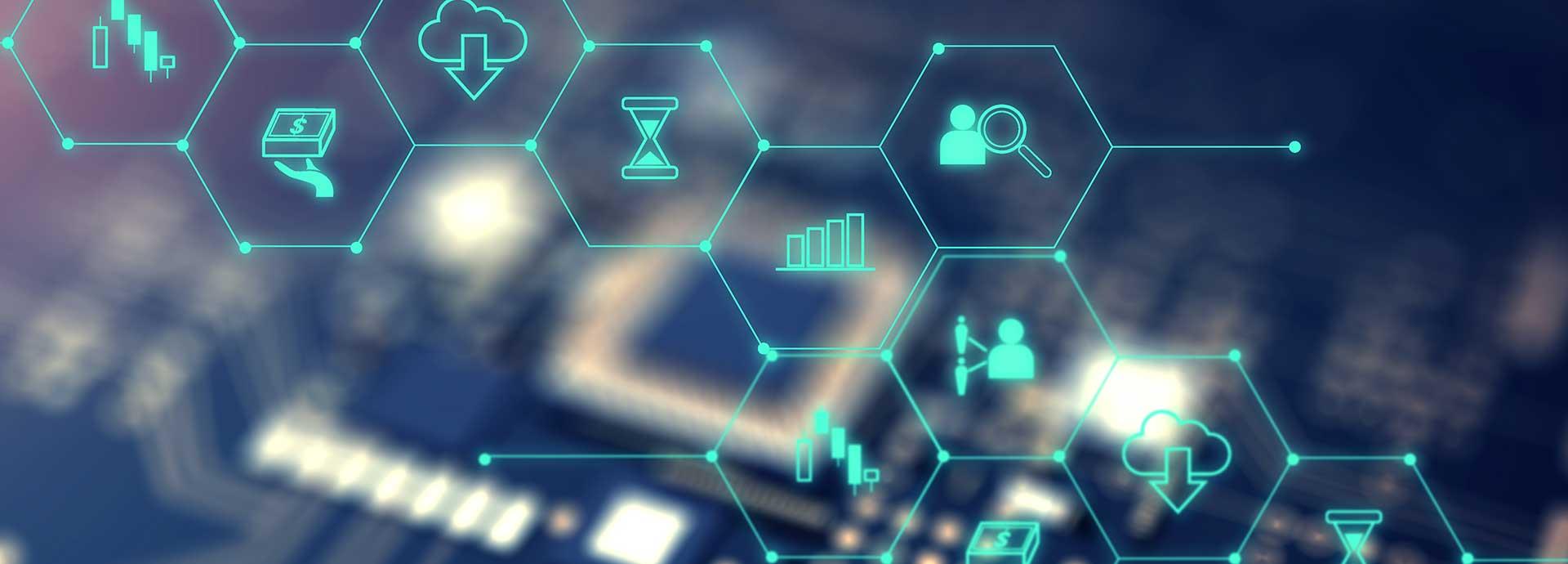

“Imagine a ledger page with a list of transactions,” says Mika Lammi, as he begins to explain blockchain technology. “At the bottom of the page you calculate a total which is taken to begin a new page. You can guarantee 100 per cent integrity of the data and you can also automate aspects of it,” says Lammi, Head of IoT Business Development at Kouvola Innovation. In short, “the best example of blockchain is a simple ledger,” he notes.
A blockchain is a distributed database that maintains a list of ordered records called blocks. Each block contains a timestamp and a link to a previous block. The information held on a blockchain exists as a shared and reconciled database. The data is inherently resistant to modification and is easily verifiable.
This spells boon to the logistics industry. IBM and Maersk, for instance, have an idea to use it to track and record shipping transactions, and Kouvola Innovation leads a project to develop a blockchain solution in logistics.
“There are mountains of paperwork in logistics,” says Lammi. “But blockchain can automate the routine handling of data. You can track parts and components throughout their lifecycle. You can build smart contracts for each transaction and even use the technology in trade finance,” he says.
But its applicability is not restricted to the logistics sector alone. While the first widespread application of the technology was with the digital currency bitcoin, there are many other potential uses. It is being used across different countries for varied purposes. For example, Dubai plans to have all government documents secured by blockchain by 2020 and Sweden is working on a land registry powered by blockchain technology.
Built-in security
One of the benefits of blockchain technology is how it can secure data. The chains exist on multiple computers at the same time, so there is no need for a centralised server or authority. Moreover, if one piece of data is compromised, all the other copies can prove the correct data.
“A major feature is that a blockchain is auditable and can’t be tampered with, at least to a degree,” says Ian Oliver, Security Researcher at Nokia Bell Labs and author of the book Privacy Engineering. “It is extremely difficult, mathematically, to subvert or fake cryptographic signatures,” he says.
The simple idea is that trusting the data confers trust on the other party in a transaction, which could be useful in a business-to-business activity. The data can prove the other party’s identity or that he has taken possession of a ship engine component, for example.
“Blockchains are a relatively new and somewhat esoteric technology,” notes Oliver. “They are hyped at this moment in time, which might be a good thing. We’ll quickly see in which areas they provide the best solution. I would say that over the next five years they will find their niche and be very good at it.”
Driving value with technology
Marco Ryan, Chief Digital Officer and Executive Vice President at Wärtsilä, is carefully considering the possibilities of blockchain technology.
“We see ourselves as a smart technology company,” he says. “It is early days for blockchain, so we are researching and evaluating it. We want to use the technology appropriately in order to drive value.”
Some of these potential applications of blockchain could be very suitable for Wärtsilä’s business, such as smart contracts.
“Contracts are a significant part of our services business,” Ryan says. “These can be very complex: look at our hundreds of installations under long-term agreements or the strategic partnerships we have announced recently. In all these contracts we need to share lots of information while maintaining information integrity. Theoretically, blockchain technology could be used in key parts of those deals.”
Despite a lot of excitement around blockchain technology, it remains largely a potential solution for many challenges in existing businesses. This allows it to be a ripe target for experimentation, but it is prudent to see how some of these concepts work out.
“Blockchain has the possibility of being one of many tools we use to drive more agility to our business. We are co-creating solutions with our partners and together we’ll continue to explore how to use blockchain in the most appropriate ways,” Ryan concludes.
Only time will tell if the line between the hype and reality of the technology will blur or sharpen.
What is blockchain?
Blockchain is a digital, distributed ledger where timestamped transactions are recorded chronologically. The ledger can be viewed by all participants. The database is resistant to modification and some aspects can be automated.
What can blockchain be used for?
Financial transactions
Managing digital currencies like bitcoin
Contracts
Ownership registries
Supply chains and logistics
Notary services
Identity services
Did you like this? Subscribe to Insights updates!
Once every six weeks, you will get the top picks – the latest and the greatest pieces – from this Insights channel by email.